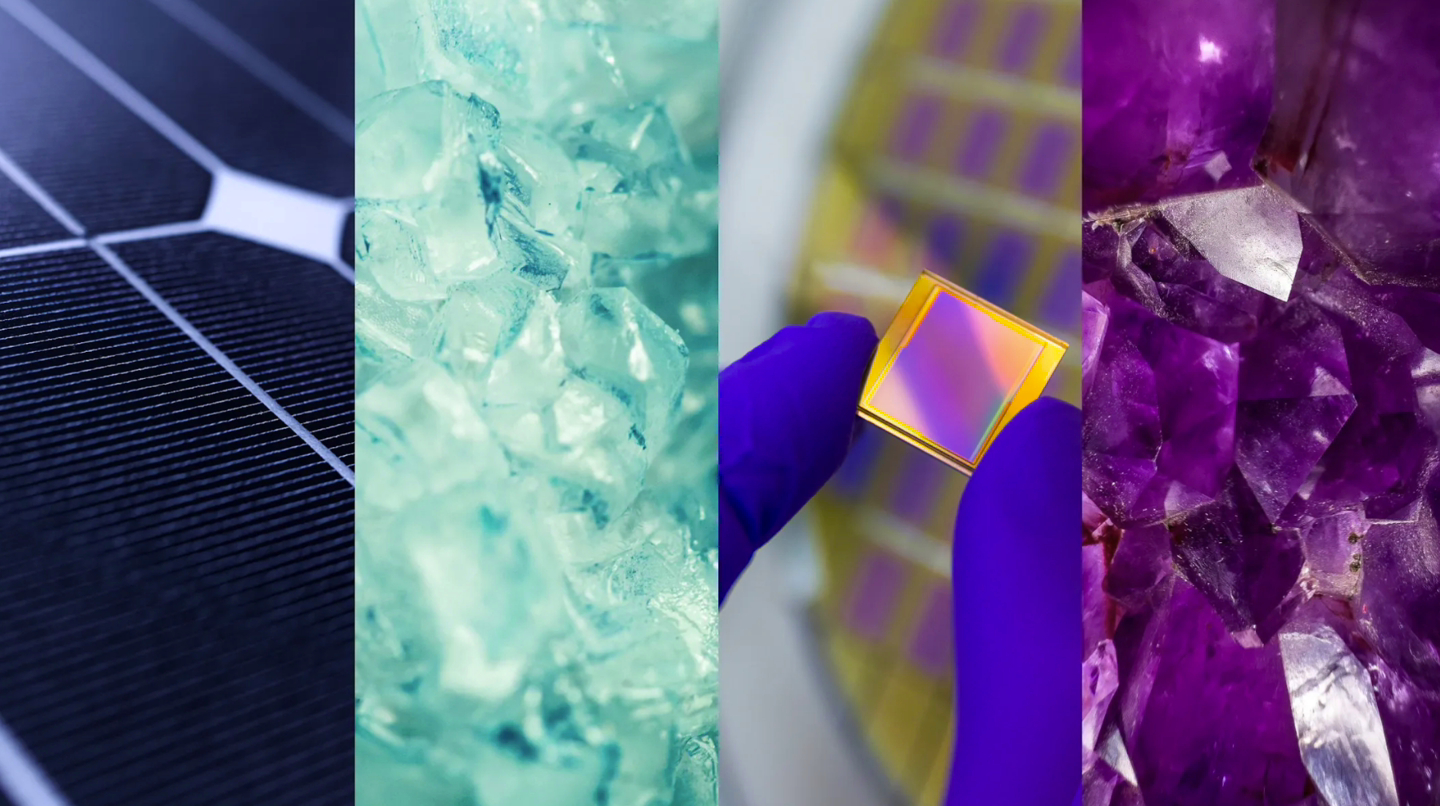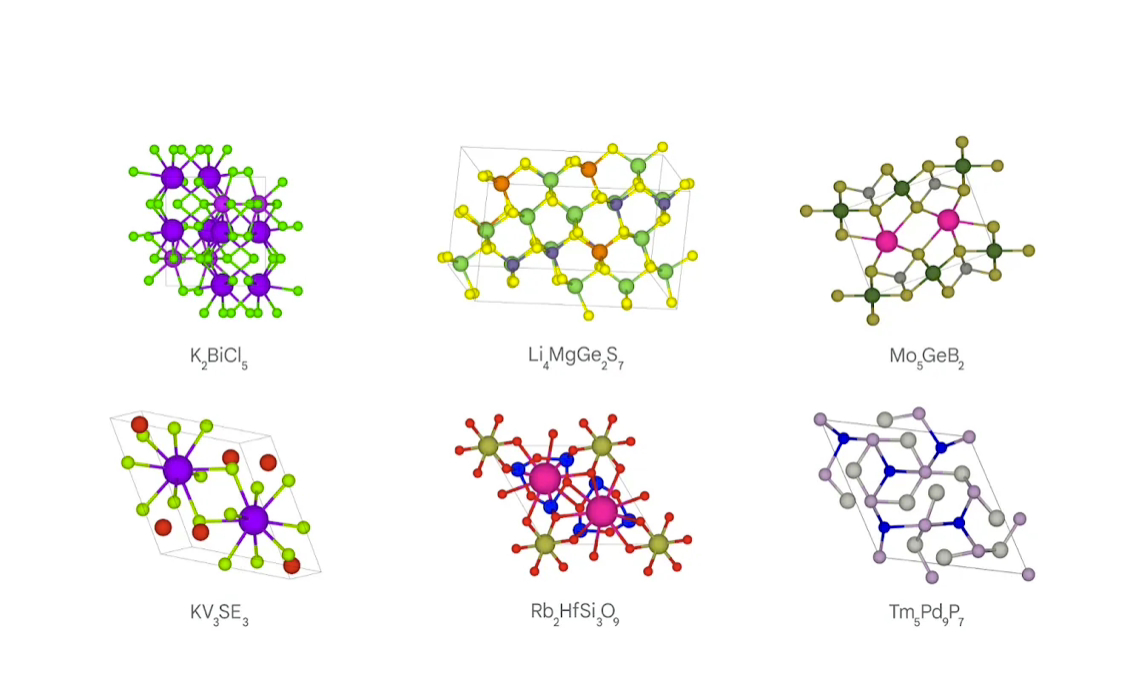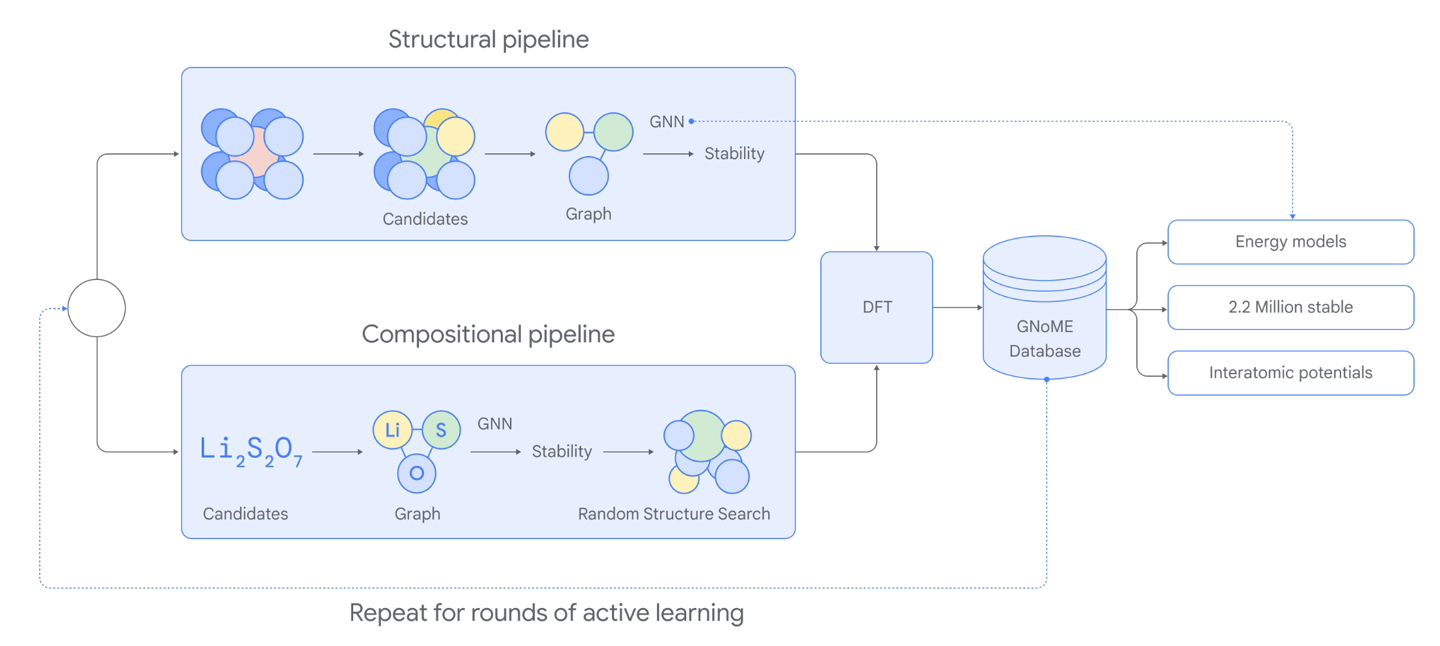Home >Technology peripherals >AI >DeepMind releases AI tool GNoME, said to have successfully discovered 2.2 million new crystal materials
DeepMind releases AI tool GNoME, said to have successfully discovered 2.2 million new crystal materials
- WBOYWBOYWBOYWBOYWBOYWBOYWBOYWBOYWBOYWBOYWBOYWBOYWBforward
- 2023-12-01 17:55:15720browse
According to news on December 1, Google's DeepMind recently demonstrated its own AI tool GNoME in the journal "Nature" and introduced the related applications of AI in materials science. It is reported that DeepMind used GNoME to discover 2.2 million 380,000 new crystals, of which 380,000 are stable materials that can be made in laboratories and are expected to be used in batteries or superconductors.

If It would take 800 years to calculate these materials by human power alone.



Currently, scientists around the world have produced 736 types of GNoME predictions in the laboratory New materials, which proves the accuracy and feasibility of GNoME's crystal predictions in reality, and DeepMind has now made GNoME's newly discovered crystal database public to assist researchers in testing and manufacturing candidate materials.
The above is the detailed content of DeepMind releases AI tool GNoME, said to have successfully discovered 2.2 million new crystal materials. For more information, please follow other related articles on the PHP Chinese website!
Related articles
See more- Humans overtake AI: One week after DeepMind used AI to break the 50-year record for matrix multiplication calculation speed, mathematicians broke it again
- DeepMind found that the prompt method of conveying 'take a deep breath and take one step at a time' to large models is extremely effective.
- GNOME 45 released: new desktop environment unveiled
- Microsoft emphasizes again: AI tool Copilot will not take away your job

